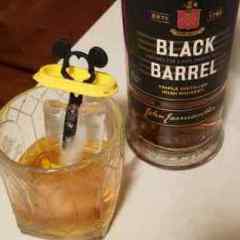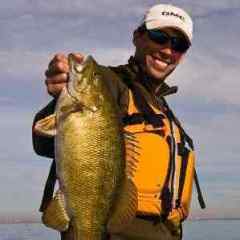Channel 16 is the official hailing and distress frequency of the Coast Guard. It is used for calling other boats or the Coast Guard. When you make contact with another boat you need to switch to another "working channel". Channel 13 was/is used by commercial traffic such as tugs, freighters, cargo ships, etc.
Haven't used a VHF since '97, but I suspect that most if not all VHF radios have a feature which monitors channel 16 (it was either an override, or priority feature), while tuned to another channel. If the Coast Guard, or anyone else uses channel 16, the radio will automatically switch to 16, then switch back to the channel it was tuned to. It may also have a scanning feature which monitors a few or several other channels.
Because I sometimes had lobster gear set in a shipping channel, I would scan 13, along with the other channels we used for conversation. Initially, most of us used channel 6. But it became popular with recreational boaters. There was incessant chatter during the summer season, so we switched to a less used channel, which happened to be 8. Channel 13 was most important on foggy days. I'd see a large target on the radar moving along the channel in Buzzards Bay, and would call them on 13 to let them know who I was, what I was doing, and find out what they'd like me to do to stay out of their way. Those large vessels are not very maneuverable, and cannot stop or turn quickly.
One bit of advice. Your conversations on the VHF can be heard by any and all with a VHF radio. Don't say anything you do not want the world to hear, from divulging a hot spot to personal matters. A VHF is much like a seagoing CB radio.
We'd "hail" (call) each other on eight




